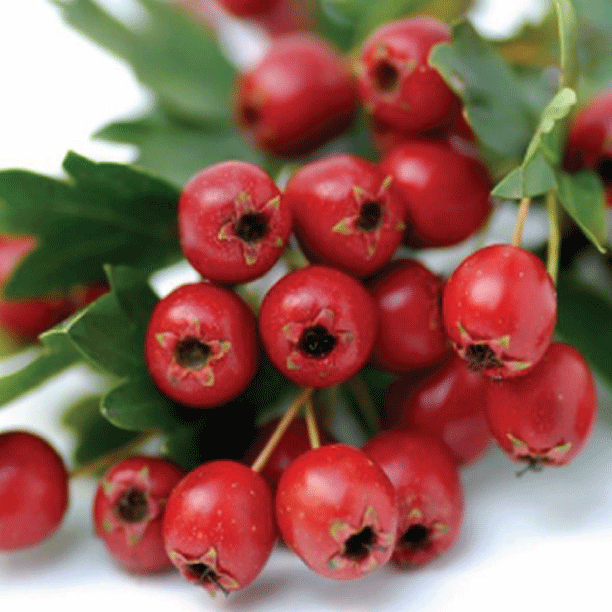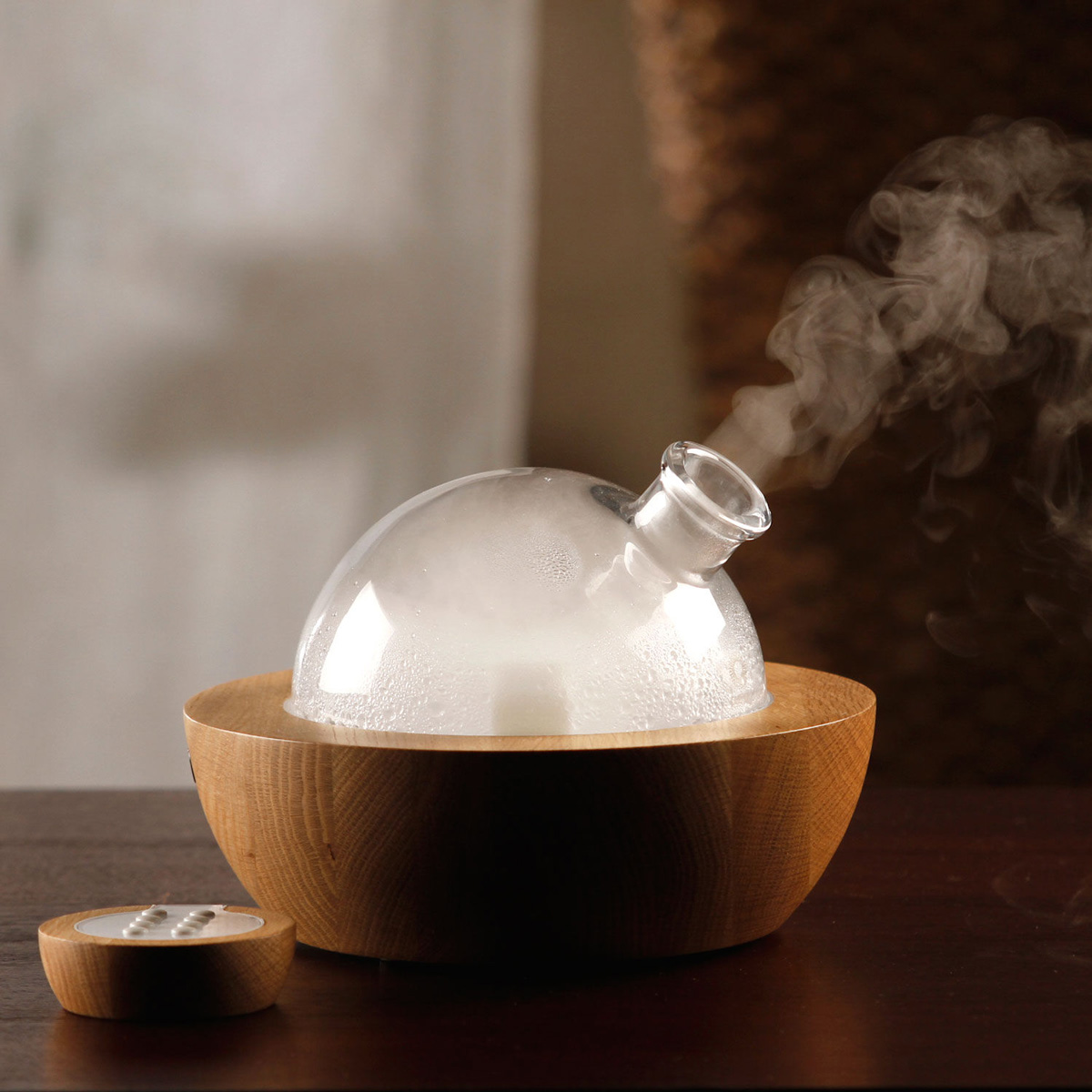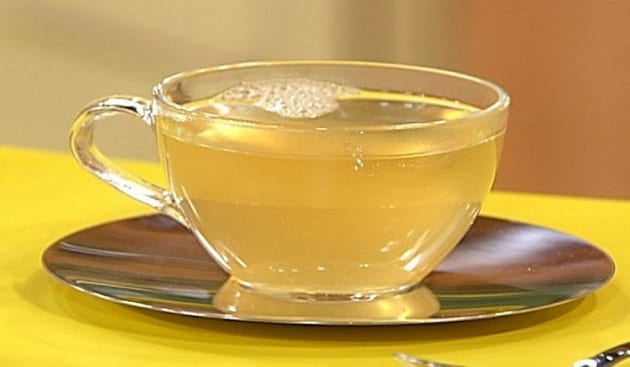As reported by BBC News, a simple dilution of the bee nectar and clean water helps prevent potentially deadly bacteria from building up on the inner surfaces of catheter tube plastic. This flushing solution can essentially be pumped through the tubing at various intervals to block the oftentimes sticky and hard-to-remove layers of bacterial slime from affixing to the plastic’s inner surface, thus protecting patients against infection.
It sounds almost too good to be true, but it’s widely known that honey – the real kind – is a natural antiseptic. It’s also a folk remedy, of sorts, that’s known to be effective in the treatment of burns and cuts, and that’s commonly used in homemade poultices to prevent or treat infection. The popularity of so-called “medical grade” honey is further proof that honey is an effective natural remedy for many health conditions.
And we now know, thanks for the diligent work of Dr. Bashir Lwaleed and his team from Southampton that medical-grade honey is a powerful tool to prevent serious infections the likes of E. coli and Proteus mirabilis, two common bacteria that often plague the hospitals frequented by very ill patients.
“Nobody knows exactly how or why honey works as an antibacterial,” Dr. Lwaleed told BBC News. “And we don’t know how well honey would be tolerated in the bladder. We are the first to propose this.”
Manuka honey: an amazing therapeutic substance finally gaining recognition in mainstream medicine
Published in the Journal of Clinical Pathology, the research looked specifically at E. coli and Proteus mirabilis and how these two bacteria respond to honey exposure. If left to do their thing, the two bacteria are known to cluster together and form what the scientific community is now referring to as “biofilm,” a pervasively coagulative bacterial infection that’s difficult to eradicate.
Even at a low-dilution of roughly 3.3 percent, honey of the medical-grade manuka variety was found to work alongside water to sweep away biofilm and prevent it from grabbing hold of whatever surface it might try to turn into its home – in this case, the insides of catheter tubing that are supposed to remain clean and sterile.
Manuka refers to a type of honey produced by bees who forage on New Zealand’s fabled manuka trees, which also grow in Australia. Manuka is believed to have exceptional bacterial-fighting properties, and this new research shows this – although Dr. Lwaleed and his colleagues believe that other types of honey would likewise be effective at preventing bacterial buildup in this particular application.
“This work from Southampton is at a very early stage so we shouldn’t get too excited. But it is an interesting avenue that is worth pursuing,” admits Professor Dame Nicky Cullum, an expert in wound care who’s been carefully looking at all the scientific evidence surrounding honey’s antibacterial potential. “Obviously, we’d need more studies to check that it wouldn’t irritate the bladder or cause any other problems.”
A 2011 study published in the Asian Pacific Journal of Tropical Biomedicine highlights the antimicrobial properties of manuka honey, explaining that, like many other forms of honey, it contains high amounts of enzymatically produced hydrogen peroxide. Hydrogen peroxide combined with the low pH of honey make it a powerful, natural bactericide, as well as an immunomodulatory food of the highest order.
To access the full article, use source link below.
By Ethan A. Huff
(Source: naturalnews.com; October 14, 2016; http://tinyurl.com/zjtrc7b)











































